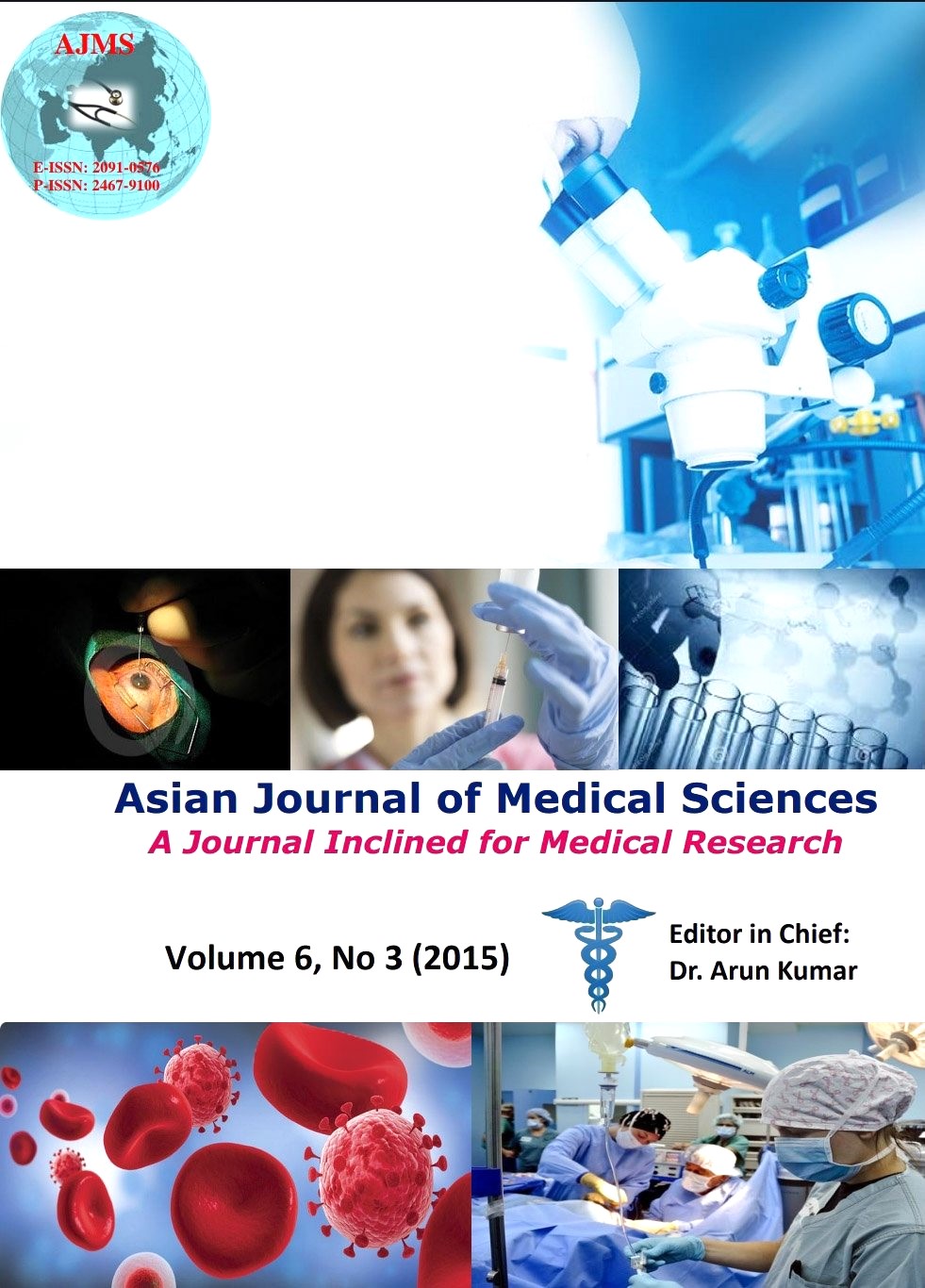Assessment of liver function, bile secretory rate and liver histological changes in type 1 diabetes mellitus rats treated with ocimum gratissimum
Keywords:
Bile secretion, liver function test, liver histology, Ocimum gratissimum, Type 1 Diabetes mellitusAbstract
Background: The liver plays an important role in nutrient metabolism and alterations in the liver function, biliary secretion and cytoachitecture are common in diabetes mellitus (DM).
Aim: Ocimum gratissimum (OG) has been reported to exert hypoglycaemic effect in DM, the need to assess the impact of its treatment on these diabetic complications became imperative.
Material and Methods: Phytochemical and toxicity test were conducted. Eighteen rats into three groups of six rats each were used. Group 1 was the control and given normal feed only. Group 2 was diabetic untreated rats (DM) while group 3 was OG treated diabetic rats (DMT) at a dose of 1500 mg/kg. All groups had access to food and water ad libitum. After 28 days, serum was obtained for analysis of Alkaline phosphatase (ALP), Alanine aminotransferase (ALT) and Aspartate aminotranferase (AST). The bile content was collected at 3 hours interval to determine the bile secretory rate. Routine biopsy method was employed for histological studies.
Results: Results showed that AST in the DM and DMT groups were significantly higher (P < 0.001) than the control group; DM was significantly higher (P < 0.001) than the DMT. ALT and ALP levels in DM and DMT groups were significantly (P < 0.001) higher than the control; DM was significantly higher (P < 0.001) than DMT.
Conclusion: There was structural and functional hepatic impairment in DM. OG treatment appears to effectively ameliorate these complications including enhancement of bile secretion.
DOI: http://dx.doi.org/10.3126/ajms.v6i3.9960
Asian Journal of Medical Sciences Vol.6(3) 2015 16-21
Downloads
Downloads
Published
How to Cite
Issue
Section
License
Authors who publish with this journal agree to the following terms:
- The journal holds copyright and publishes the work under a Creative Commons CC-BY-NC license that permits use, distribution and reprduction in any medium, provided the original work is properly cited and is not used for commercial purposes. The journal should be recognised as the original publisher of this work.
- Authors are able to enter into separate, additional contractual arrangements for the non-exclusive distribution of the journal's published version of the work (e.g., post it to an institutional repository or publish it in a book), with an acknowledgement of its initial publication in this journal.
- Authors are permitted and encouraged to post their work online (e.g., in institutional repositories or on their website) prior to and during the submission process, as it can lead to productive exchanges, as well as earlier and greater citation of published work (See The Effect of Open Access).




